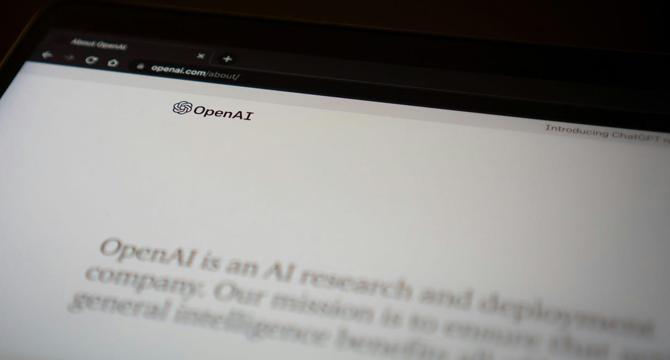Medium
1M
422

Image Credit: Medium
OpenAI Is Bleeding Money! A $100 Billion Revenue Dream in the Making?
- OpenAI has raised $6.6 billion in funding, valuating the company over $150 billion, but this funding is expected to cover only about a year of the company’s losses.
- The company is predicted to generate $3.7 billion in revenue for 2021, but its losses could reach $5 billion, with a projected deficit of $14 billion in 2026.
- While OpenAI is the global leader in AI technology, its financial struggles have reached to the point where it has a cash flow problem.
- OpenAI is facing increasing competition with more companies entering the space, and the challenge lies in the fact that large models require substantial computational power for both training and inference tasks.
- The four stages of the AI industry are inception, growth, maturity, and decline, and while profitability is becoming clearer, more companies are entering the space.
- OpenAI is in desperate need of cutting costs and expanding revenue. On both B2B and B2C fronts, it has partnerships with major tech giants like Microsoft and Apple.
- Executives from Alibaba, Google, Baidu, and other internet companies support small AI models, believing they can offer experiences comparable to large models in specific scenarios.
- OpenAI must focus on developing smaller models and explore more application scenarios to make large AI models a part of everyday life in order to expand revenue.
- OpenAI’s revenue-generating capacity is improving. If it can go public and transform into a profitable company within two years, it will likely attract more investment.
- With strong revenue potential and the backing of key investors like Microsoft, Thrive Capital, and NVIDIA, OpenAI is well-equipped to navigate this challenging period.
Read Full Article
25 Likes
For uninterrupted reading, download the app